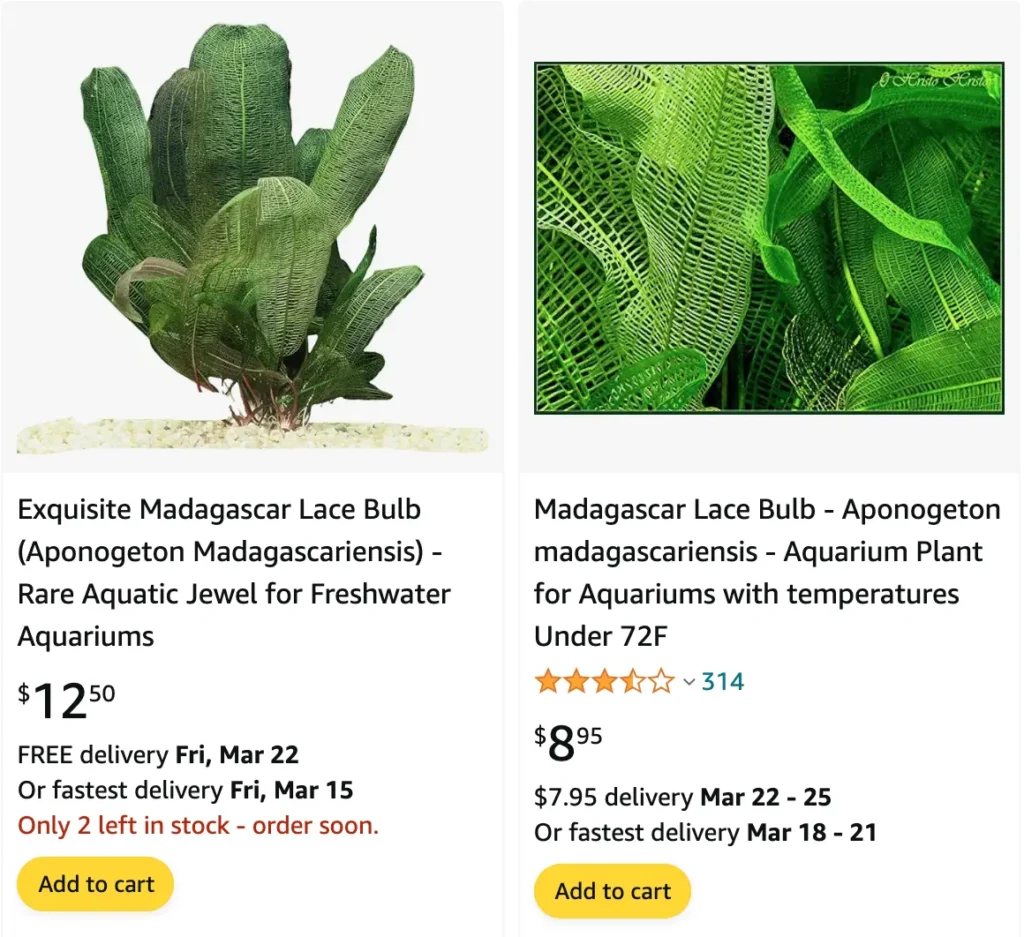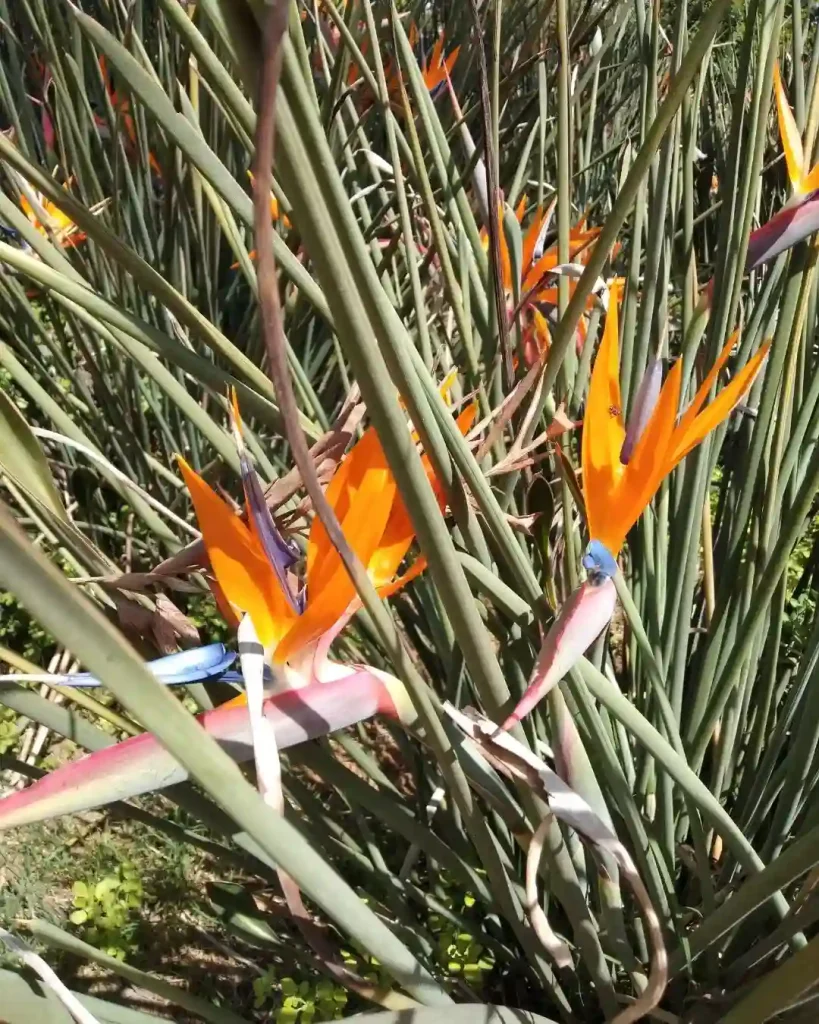
Aponogeton Madagascariensis: Unveiling the Beauty and Challenge of the Madagascar Lace Plant
Hi, Ferb Vu here, and today we’re diving deep into the world of a truly captivating aquatic plant – the Aponogeton madagascariensis, also known as the Madagascar Lace Plant, Lattice Leaf, or simply the Lace Plant. This unique species has captivated hobbyists for decades, and with good reason. Its delicate, lace-like leaves create a stunning focal point in any aquarium, but its care requirements can be a bit on the demanding side.
So, whether you’re a seasoned aquascapist or just starting your underwater journey, this FAQ will equip you with the knowledge to decide if the Aponogeton madagascariensis is the right fit for your tank.
Plant Family: Aponogetonaceae – 60 Species in Genus Aponogeton
What is Aponogeton madagascariensis?
The Aponogeton madagascariensis is an aquatic, perennial plant belonging to the Aponogetonaceae family. It’s native to the flowing waters of Madagascar and the Comoros Islands. This beauty is a tuberous rhizome plant, meaning it stores energy in an underground bulb-like structure.
The true star of the show, however, is the foliage. Aponogeton madagascariensis boasts oblong-shaped leaves with a unique, lacy appearance. The leaf blade itself can reach up to 55 centimeters in length and 16 centimeters in width, with the petiole (leaf stem) adding another 65 centimeters to the total length. This creates a truly majestic presence in your aquarium.
How to Care for Aponogeton madagascariensis?
Now, let’s address the elephant in the room – caring for the Aponogeton madagascariensis can be a challenge. This is not a plant for beginners. Here’s what you need to know:
- Water: Pristine water quality is paramount. Ensure regular water changes (up to 50% weekly) and maintain stable parameters. A slightly acidic pH (around 6.0-6.8) and moderate water hardness (5-15 dGH) are ideal.
- Lighting: High-quality lighting is essential for healthy growth. Aim for 3-5 watts per gallon of light intensity.
- Substrate: A nutrient-rich substrate is crucial. Opt for a mixture of fine sand and organic-rich soil capped with a layer of gravel to keep the rhizome from surfacing.
- Fertilization: Regular fertilization is recommended. Root tabs specifically designed for aquatic plants work well.
- Temperature: The Aponogeton madagascariensis thrives in a temperature range of 72-82°F (22-28°C).
Important Note: Aponogeton madagascariensis can go through rest periods where it sheds its leaves. This is a natural process, and the plant will eventually sprout new growth. Don’t be alarmed!
How to Propagate Aponogeton madagascariensis?
Propagation of the Aponogeton madagascariensis can be achieved through division of the tuber. Here’s how:
- Carefully remove the plant from the substrate during a rest period when the leaves have died back.
- Identify any daughter tubers (smaller bulbs) growing alongside the main tuber.
- Using a sterilized blade, gently separate the daughter tubers from the main plant, ensuring each division has a growing eye.
- Replant the divided tubers in separate locations within the aquarium, following the same care guidelines mentioned earlier.
Remember: This process can be stressful for the plant, so ensure optimal water conditions during recovery.
What to Plant with Aponogeton madagascariensis?
Due to its size and light requirements, the Aponogeton madagascariensis is best suited as a solitary plant or a centerpiece in a larger aquarium. However, you can introduce some low-growing foreground plants that thrive in similar conditions. Here are some options:
- Cryptocoryne species
- Anubias species
- Dwarf Hairgrass
Crucially: Avoid plants that compete for light or nutrients with the Aponogeton madagascariensis.
By following these guidelines, you can create a thriving environment for your Aponogeton madagascariensis and witness its captivating beauty unfold in your aquarium. Remember, patience and dedication are key to success with this unique and rewarding plant.
If i die, water my plants!



